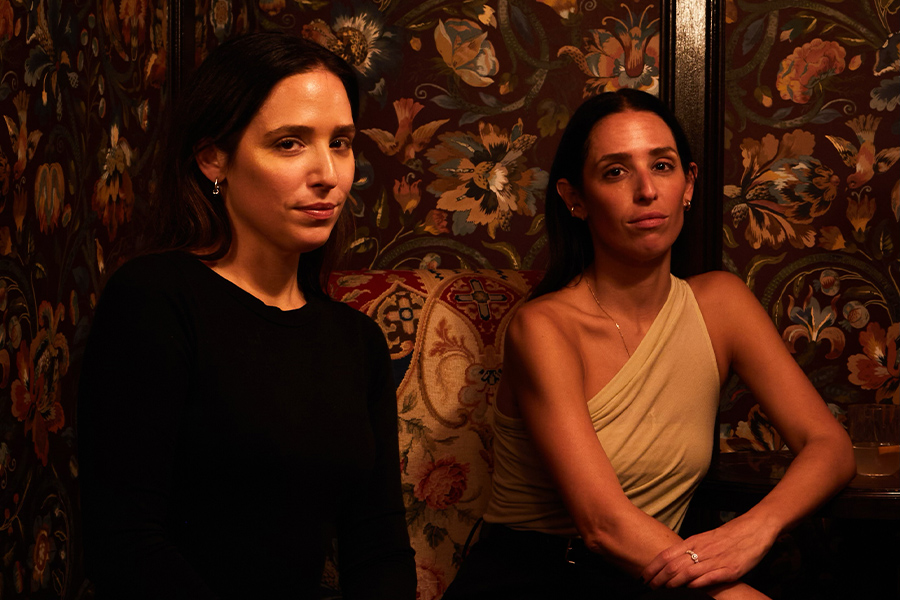Venice is an ancient city situated on the crossroads of Europe and Asia that now boasts more tourists than residents on any given day. Among its most popular destinations is Murano, where glass manufacturers continue the established trade of making the world’s most beautiful decorative lighting and objects. One of these houses is Gabbiani, founded by Luciano Gabbiani in 1964. Its colorful designs are courtesy of Marina and Carlotta Gabbiani, the mother and sister, respectively, of Shanghai-based architect Filippo Gabbiani. It’s no wonder that the founder and principal architect of Kokaistudios has an innate respect for tradition and craftsmanship and has made a name for himself in Asia specializing in rehabbing iconic historic structures.
Along with Turin-born architect and partner Andreas Destefanis, Gabbiani set up Kokaistudios in 2000 in Venice (Kokai means seagull in an ancient Venetian dialect, as does Gabbiani). Yet increasing work, including two UNESCO Asia Pacific Heritage award-winning buildings projects—the revitalization of Shanghai’s Bund 18 and 796 Huaihai Lu—resulted in the firm relocating to China in 2002.
“It’s difficult working in Venice,” Gabbiani points out. “It’s fantastic as a resource for construction and technology, such as learning how to apply plaster or work with terrazzo. Yet it’s a very conservative city.” After studying architecture at the Architecture University Institute of Venice, his natural curiosity led him to travel around the world. Working as a graphic designer and architect, he lived in Spain, Toronto, New York, San Francisco, Denmark, Hong Kong, and Shanghai, before he moved back to Venice and, in 2000, started his own firm.
Now with a 40-strong studio and seven partners, Kokaistudios concentrates primarily on urban renewal and adaptive reuse projects. The firm recently completed all-day dining restaurant the Brasserie in the Four Seasons Hotel Kyoto, a 5-Star hotel that was formerly a hospital. “As the restaurant overlooks a lake and garden, we wanted to frame nature with 38-foot-tall picture windows,” Gabbiani explains. “We blurred outdoor and indoor spaces with a contemporary Japanese vibe to connect people to the culture, as well as the environment.” Materials such as stone and bamboo underscore the natural approach, while scaled lighting fixtures and a cozy fireplace imbue the large volume with intimate moments.
Another recently completed project is the conversion of Kunming Rubber Factory into a hip commercial hub. Redeveloped by Winart Group, the 300,000-square-foot site founded in the mid-1950s is a blend of preservation and renovation that retains the industrial building’s strong period architecture. “It is a new engine for the city of Kunming,” notes Gabbiani. “There is a hotel, offices, retail shops, and a museum.”
Along with working on upcoming projects— the Tsinghua University Law Library in Beijing, the Sintoho Asia Restaurant and Dai Forni Italian Restaurant in the Four Seasons Hotel Kuwait, and hospitality and commercial projects throughout China—Kokaistudios team members also teach through the Faculty of Architecture at the University of Hong Kong’s Shanghai Study Center annually. “One of the reasons we stay in China is because we are promoting the academic and cultural benefits of urban renewal in relation to how it impacts the environment and society,” Gabbiani explains. “We have to convince developers, but we form strong connections with those who get it.”


